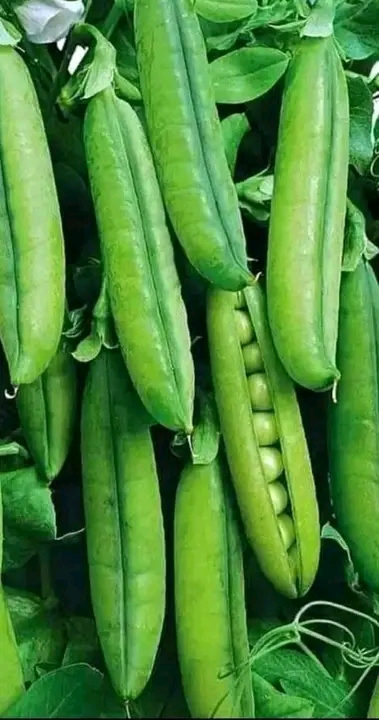
Peas farming involves cultivating the Pisum sativum plant for its edible green pods and seeds. Successful pea farming requires careful attention to soil conditions, planting techniques, and pest and disease management.
Key aspects of pea farming:
1.Soil and Climate: Peas thrive in cool, moist conditions with well-drained soil rich in organic matter and a pH between 6.0 and 7.5. They prefer temperatures between 10 to 30 degrees Celsius.
2.Planting: Seeds should be sown directly into the ground, about 1 inch deep and 2 inches apart, with rows spaced 7 inches apart. Soaking seeds overnight can speed up germination.
3.Spacing and Support: Adequate spacing is crucial for sunlight and air circulation. Peas are vines and may require support like poles or trellises as they grow.
4.Crop Rotation: Crop rotation with grains, carrots, cabbages, or potatoes is recommended.
5.Pest and Disease Management: Regular monitoring for pests like aphids is important. Farmers should consult with experts for appropriate pest and disease control methods, including the use of certified disease-resistant seeds.
6.Harvesting: Harvesting should be done when pods are plump and filled with peas.
Additional Tips:
In Kenya, the rainy season (March-May and October-December) is the ideal time for planting peas, providing enough moisture for germination and growth.
Adding compost or organic manure can improve soil fertility and increase yields.
Mulching helps to retain moisture, suppress weeds, and regulate soil temperature.
Weed control is essential to reduce competition for nutrients and sunlight.






